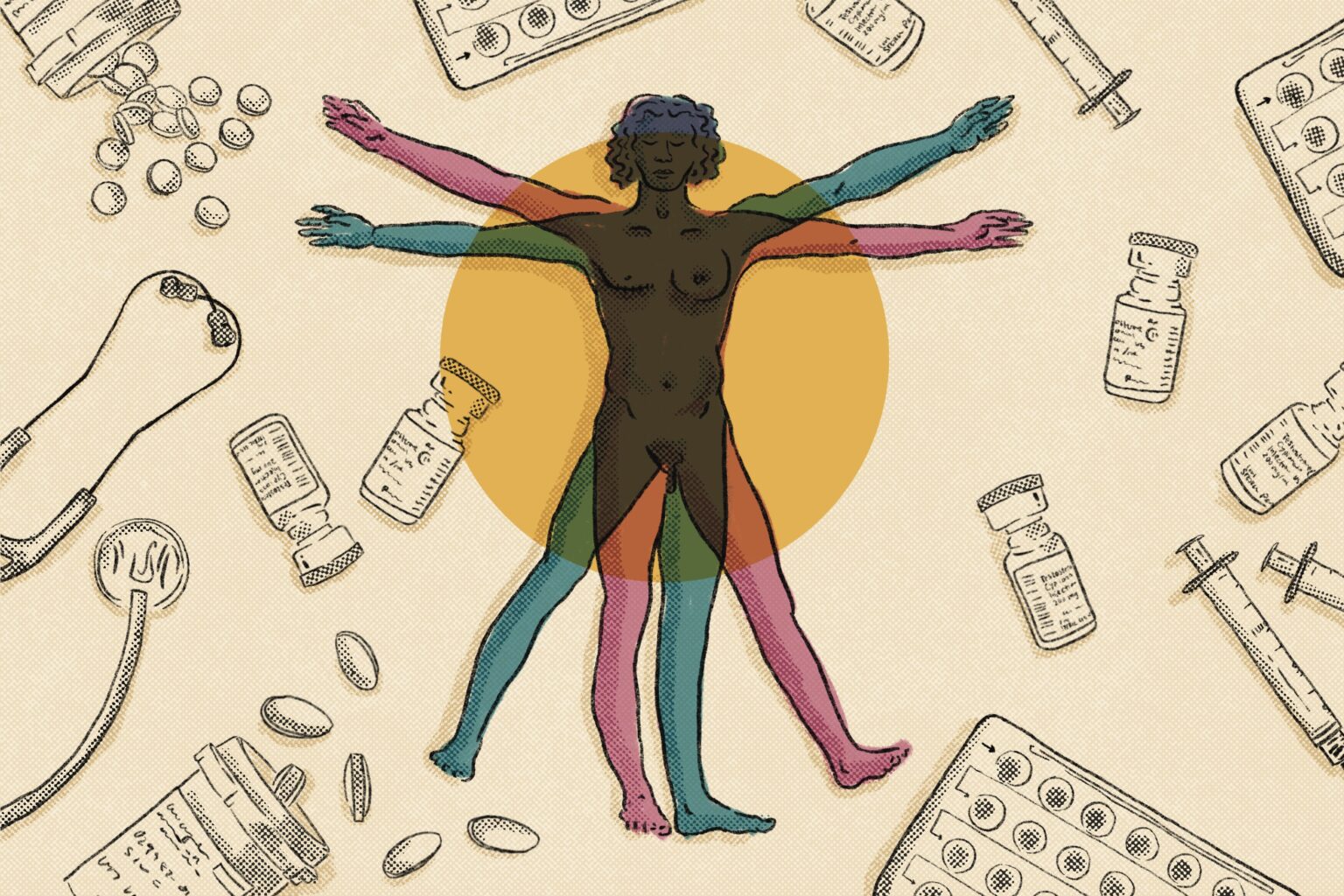by MADELINE STUMP

Introduction
The publication of The Transsexual Phenomenon 1 by endocrinologist Harry Benjamin in 1966 was a tremendous tipping point in trans medical history. The readability of the text, its widespread publication, its recommendation that “treatment” for trans people should be based in the medical as opposed to psychological fields, its standardization of said medical “treatments” for trans people, and its theory of transness as a spectrum rather than a set of two dichotomous diagnoses, were novel ideas—each tremendously impactful among those then presently studying trans people as well as those who would come to study transness in the decades following. As a result, The Transsexual Phenomenon ushered in greater legitimacy to the medical (surgical and hormonal, as opposed to psychological) treatment of trans patients. It encouraged the opening of several trans health clinics across the United States, vastly broadened the general public’s awareness of the existence of trans people, and fundamentally altered the movement of trans politics going forward.
However, The Transsexual Phenomenon is not a perfect text. It strongly encourages trans patients to “pass” for both cisgender and heterosexual, and relies heavily on assumptions of whiteness and class privilege among its subjects. In addition, it preceded many forms of institutionalized psycho-medico-legal gatekeeping, including but not limited to: the enforced mass dissolvement of non-straight trans marriages, the mass coerced/forced sterilization of trans people, and the unique mandate requiring two letters from separate psychological professionals to access most gender affirming surgeries. Given the widespread impacts of the The Transsexual Phenomenon and its author on the global standardization of trans medical care, these limitations warrant further investigation and critique into their origins.
The following text navigates through the trans health articles and books published between 1886 and 1966 which appear to have had the greatest influence on the writing of The Transsexual Phenomenon, ultimately posing the question: how did we get here? Knowing the histories of The Transsexual Phenomenon and the material which laid the foundation for its monumental publication is essential for those of us pushing for improved institutions of trans medical care. If we desire to one day see a world in which trans medical care is easier to access for all trans and nonbinary people, less heavily or not at all defined by cisgender “experts,” and depathologized/normalized beside otherwise similar forms of medical care, then we must begin by understanding the ways in which the following texts led to The Transsexual Phenomenon being published as it was almost six decades ago.
Science for the people for more
